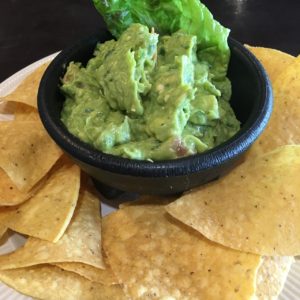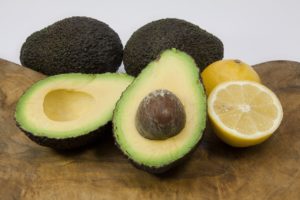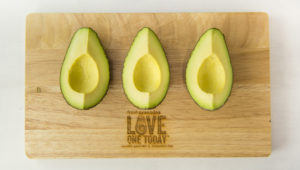 What’s better on a cold winter day than to be packed into your living room with friends, colleagues and family members watching the national championship football rivalry of the year while dipping into a bowl of creamy, delicious guacamole? You are not alone–100,000 tons of avocados are consumed by Americans during Super Bowl week each year! (Check out last year’s ‘Avocados from Mexico’ commercial and be sure not to miss it this year during the Super Bowl on February 4!)
What’s better on a cold winter day than to be packed into your living room with friends, colleagues and family members watching the national championship football rivalry of the year while dipping into a bowl of creamy, delicious guacamole? You are not alone–100,000 tons of avocados are consumed by Americans during Super Bowl week each year! (Check out last year’s ‘Avocados from Mexico’ commercial and be sure not to miss it this year during the Super Bowl on February 4!)
Selection
There’s nothing that compares to the unique flavor and creaminess of a fresh, ripe avocado! Avocados are a stone fruit grown on trees, and can also be technically classified as a berry. Avocados are available year-round, coming from U.S. growers March-October, and growers outside the U.S. (including Chile, Mexico and Peru) November –February. Curious about the farm to table journey of avocados? Check out these videos featuring California and Mexico-grown avocados.
Preparation
- If you plan to use avocados right away, buy them ripe. They should yield to light pressure, but should not be mushy.

Use lemon juice to slow the browning of avocados. - To ripen hard avocados, try storing them for a few days on your counter in a closed paper bag with an apple or banana.
- Once fully ripe, you can store them for a few days in the refrigerator to slow further ripening.
- Before using, always start with clean avocados that have been rinsed and dried, then cut or peel as desired.
- To see how to pit and dice an avocado, check out this CSU Extension video!
- To store a cut avocado for later use, dip the cut side in lemon or lime juice, and cover tightly with plastic wrap or use an airtight container. Refrigerate.
- Extra avocado can also be pureed with lemon or lime juice (1 tablespoon per avocado) and frozen.
Nutrition
 In comparison to other fruits which primarily consist of carbohydrates, avocados have a very unique consistency due to their high content of healthy fats.
In comparison to other fruits which primarily consist of carbohydrates, avocados have a very unique consistency due to their high content of healthy fats.
- ¾ of calories in avocados are from fat, but mostly from the “good” monounsaturated fats that help lower “bad” LDL cholesterol and raise “good” HDL cholesterol.
- Avocados are rich in omega-3 fatty acids, helping reduce inflammation.
- Avocados are high in potassium and fiber, with around 700 milligrams of potassium and 9 grams of fiber per cup.

- In 2016, the serving size for avocados was increased from 1/5 to 1/3 of a medium avocado which is about 80 calories per serving. Not sure how to cut an avocado into thirds?
Avocados are great not only as a dip, but also are delicious in salads, smoothies, desserts and even cocktails! Explore some unique ways to use avocados and challenge yourself to try a new avocado recipe this year!
For lots of great information about avocados visit:
Haas Avocado Board: http://www.avocadocentral.com/
California Avocado Commission http://www.californiaavocado.com/


I love the links, fun and educational!
Thank you for such a great article on avocados. T
Just in time for Super Bowl Sunday.
Thank you Jess!